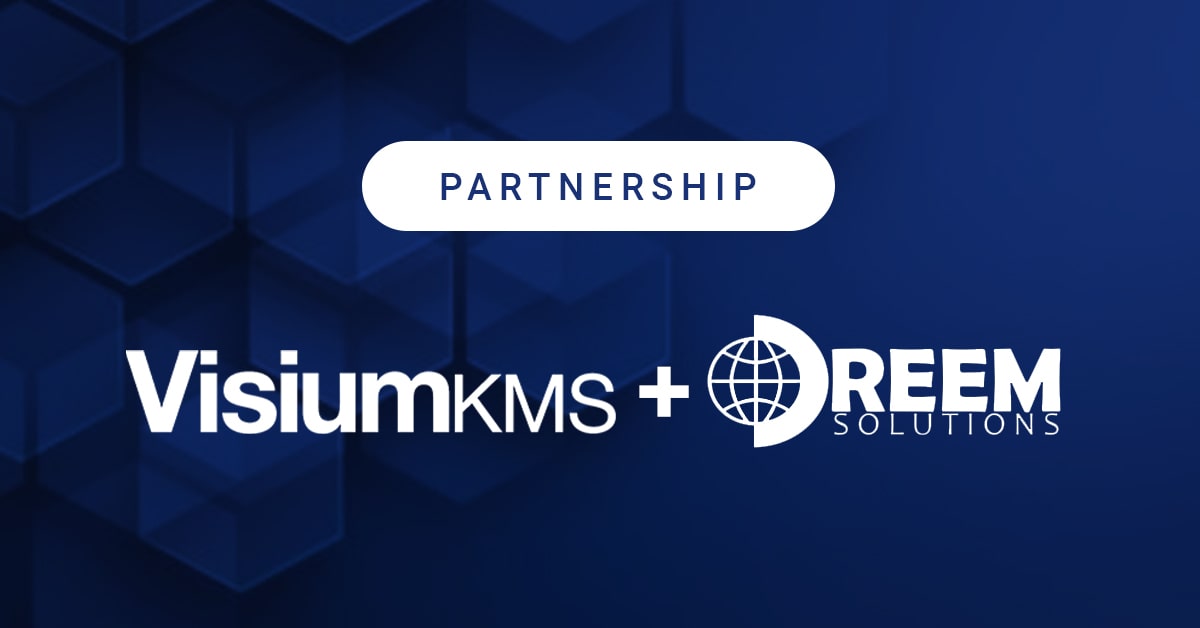What is a Risk Management Software?
Risk management software helps organizations identify, assess, and track risks. It can be used to manage both operational and strategic risks. Operational risk management software focuses on identifying and managing risks impacting the organization’s ability to meet its objectives. Strategic risk management software identifies and manages risks affecting the organization’s long-term goals or objectives.
Importance of Risk Management Software in an Organization
Increases risk awareness: It can help you identify and assess risks and track and monitor them over time. Management can use this information to develop and implement strategies to mitigate or avoid these risks.
Enhance data collection and analysis: It helps in data collection and analysis and can help create reports that improve the quality of information. This ensures proper communication and presentation of data to the right people.
Makes the organization compliant: It helps organizations comply with regulations and industry standards. It can be used to track and manage risks, identify potential hazards, and develop mitigation plans.
Enhances operational efficiency: It can help your organization operate more efficiently by automating various tasks associated with risk management. This can free up time for your staff to focus on other business areas.
Improves workplace safety: It can reduce the likelihood of accidents and injuries in the workplace. Furthermore, it can keep track of safety incidents and trends so that you can prevent and proactively address potential hazards.
Tips for implementing risk management software in your organization
Define the goal: What do you hope to achieve by implementing risk management software? This can involve assessing your organization’s risk management processes, identifying areas of weakness, and determining what features and functionality are required.
Research various options: Research and compare risk management software solutions that meet your organization’s needs. Consider factors such as the software’s cost, ease of use, scalability, and vendor support.
Create an implementation process: Develop a plan for the implementation process, including timelines, roles and responsibilities, and resources required. This may involve identifying and training personnel using the software and integrating it into your organization’s IT infrastructure.
Involve users and decision-makers: It ensures that the software is customized to meet your organization’s needs and that all stakeholders are aware of its capabilities and limitations. Furthermore, involving users and decision-makers early on will help build buy-in for the project and ensure everyone is on board with the new system.
Communicate, and train staff: Proper and timely communication is necessary between the vendor and employees to ensure everyone is on the same page. Communicate how the system works and train personnel who will use the software, including risk managers, analysts, and other relevant personnel. This can involve providing training materials, conducting workshops or seminars, and offering ongoing support to ensure staff is comfortable and proficient in using the software.
Monitor and evaluate: Continuously monitor and assess the performance of the software, and identify areas for improvement. This can involve collecting and analyzing data on risk management activities, identifying trends and patterns, and using this information to make informed decisions about risk management strategies.
Conclusion
Risk management software is an invaluable tool for any organization, and its implementation can be straightforward. Taking a proactive approach to workplace safety can create a safer environment for your employees and reduce the costs associated with accidents and injuries. By following the tips outlined in this article, you should now have a better understanding of how to implement risk management software into your organization’s framework.
About VisiumKMS
VisiumKMS guarantees compliance with all regulatory requirements of Process Safety Management (PSM), including the U.S. Occupational Safety and Health Standard 29 CFR 1910.119, and covers all 14 elements of a process safety management plan. Our software for process safety management streamlines your information management by consolidating all relevant data into a single system and incorporates standardized workflows developed by industry professionals. Our commitment is to remain at the forefront of industry changes and to assist our clients in keeping pace with the challenges they encounter in their business and operational environments and the regulatory landscape. To discuss your requirements with one of our specialists, please schedule a consultation with us.

